Your Car Hates Summer, Too: A Pro’s Guide to Beating the Heat
I’ve spent more than two decades with my hands on cars, a lot of that time under the relentless summer sun of the Southwest. So believe me, I know that searing pain of a vinyl seat on the back of your legs. I’ve seen more sun-baked, cracked dashboards than I can count, and I know exactly how extreme heat can turn a trusty car into a roadside disaster. This isn’t just about being comfortable; it’s about protecting your investment and making sure your ride is safe when the asphalt is hot enough to fry an egg.
In this article
A lot of people think summer car care starts and ends with a flimsy sunshade. That’s a start, sure, but it’s like bringing a water pistol to a bonfire. Real protection means understanding what the heat is actually doing to your vehicle. It takes a smart approach that covers the interior, the engine, and all the little systems that keep things running smoothly. Heat is a car’s biggest enemy outside of a collision, silently cooking plastics, breaking down fluids, and pushing every part to its breaking point. So, I’m going to walk you through the real-deal techniques we use in the shop to manage summer heat.
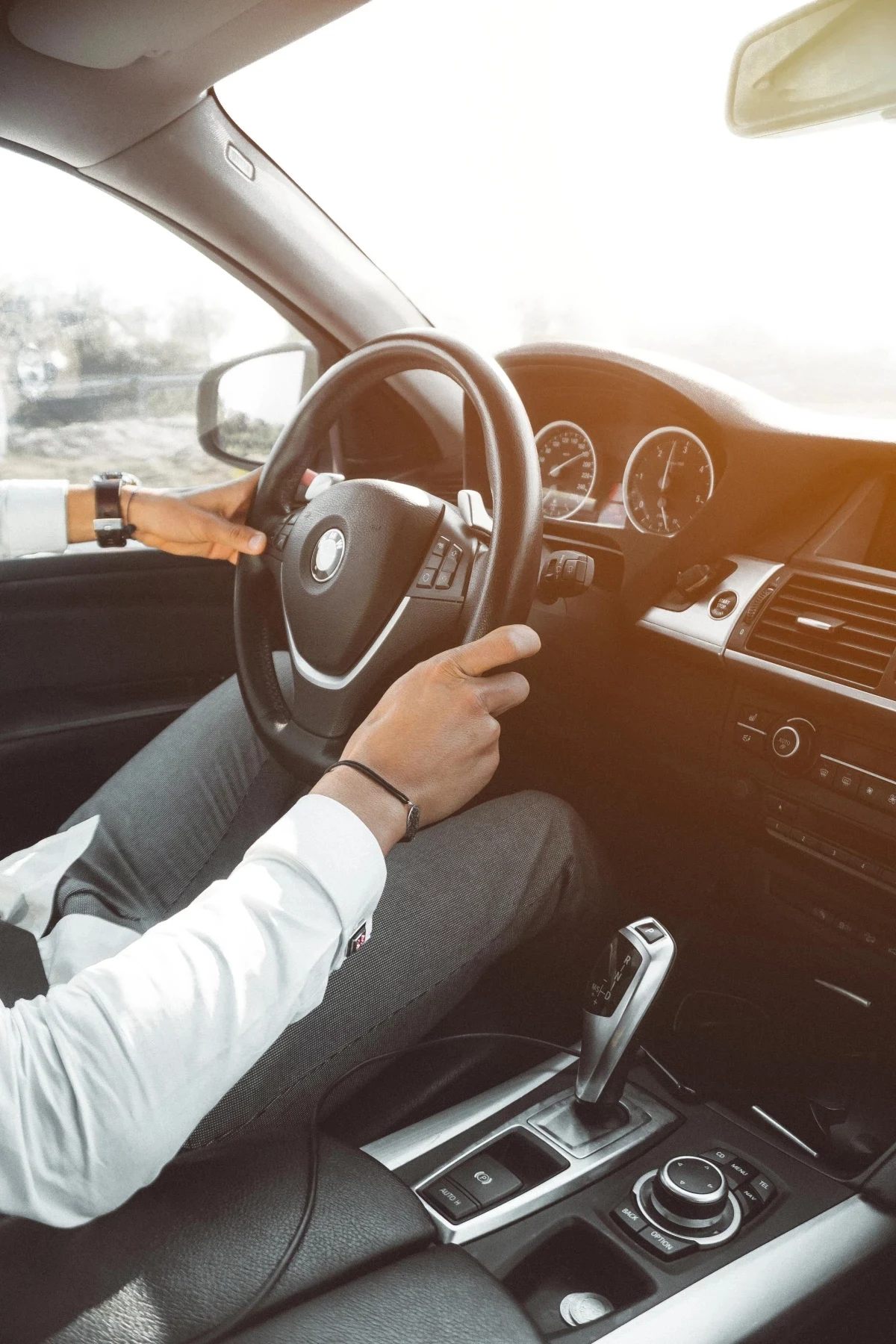
Why Your Car Becomes an Oven (The Quick and Dirty)
First off, you need to know what you’re fighting. A car parked in the sun is basically a greenhouse on wheels. Sunlight streams through the windows, hits the dashboard and seats, and that energy gets trapped inside as heat. Because the heat can’t escape as easily as the light came in, the temperature skyrockets. On a 90°F day, your car’s interior can hit 110°F in just ten minutes. Leave it for an hour, and you’re looking at over 130°F.
But it’s not just the heat. Sunlight also blasts your car with UV rays, which are the main culprit behind interior damage. They break down the chemical bonds in plastics and vinyl, making your dashboard brittle and prone to cracking. It’s the same process that fades the color from your seats and carpet. It’s a slow-motion attack on your car’s value.

Under the hood, things are just as serious. Your engine runs hot normally, but blistering ambient temperatures make the cooling system work overtime. After you shut the engine off, you get a nasty effect called ‘heat soak.’ The coolant stops circulating, and all that engine heat just bakes every component in the bay—rubber hoses, wiring, plastic bits, you name it. Your battery especially hates this, as it speeds up internal corrosion and can kill it surprisingly fast.
Pro-Level Tricks for Protecting Your Interior
Your car’s interior is where you feel the heat the most, and protecting it is about more than just comfort. A well-kept interior directly impacts your car’s resale value. A cracked dash can knock hundreds of dollars off the price.
Sunshades: Not All Are Created Equal
That cheap, accordion-style sunshade is better than nothing, but if you’re serious, you need a custom-fit, reflective one. These are designed specifically for your car’s windshield, leaving zero gaps for sunlight to sneak in. And trust me, those gaps matter. I’ve seen dashboards with cracks that perfectly trace the outline of where a poorly fitting shade let the sun through.

Look for a quality shade, which will usually run you between $50 and $90. Good ones have a reflective outer layer to bounce sunlight away and an insulating foam core to stop heat from radiating into the cabin. It’s a simple tool that can drop your interior temp by a whopping 30°F or more.
Window Tint: The Ultimate Heat Blocker
Okay, let’s talk tint. This is probably the single best upgrade for beating the heat, but there’s a lot of confusing info out there. The secret is that it’s not about how dark the tint is, but what it blocks.
Here’s the breakdown of what you’ll find at a professional shop:
- Dyed Film: This is the budget option, often running around $150-$250 for a full car. It darkens the windows and blocks some UV rays, but it does very little for heat rejection. It’s mostly for looks and privacy.
- Metallic Film: A solid mid-range choice, usually in the $300-$500 range. It has a layer of metal particles that reflect heat quite well. The only downside? That metal can sometimes interfere with cell phone, GPS, and radio signals. It’s a known issue.
- Ceramic Film: This is the top dog, and for good reason. It uses advanced ceramic nanoparticles that are fantastic at blocking both UV and infrared (IR) light—the part of the spectrum that carries heat. Because it doesn’t use metal, it won’t mess with your electronics. You can get ceramic film that’s almost clear but still blocks more heat than a dark, cheap dyed film. It’s a bigger investment, typically between $400 and $800, but in my opinion, it’s worth every penny.
A quick tip: When you’re shopping for tint, ask the installer for the TSER (Total Solar Energy Rejection) value, not just how dark it is. A high TSER means better heat blocking. And PLEASE, go to a reputable shop. They’ll know the local laws about tint darkness and will save you the headache of getting a ticket or failing an inspection.
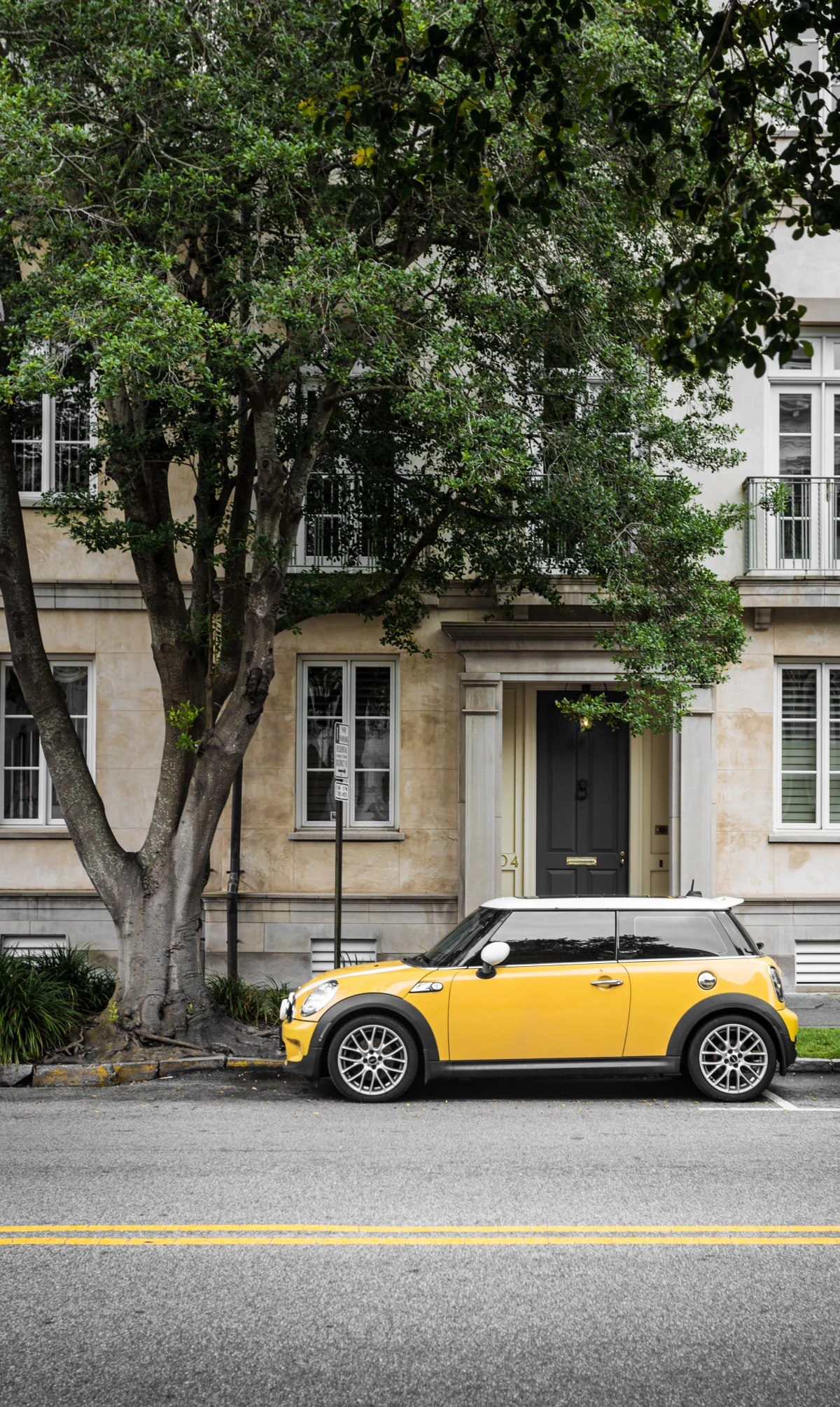
Seat and Dash Covers
If a pro tint job isn’t in the budget, direct covers are a great alternative. For the dashboard, I’m a big fan of carpet-style covers, which you can find for about $40-$60. They completely kill sun glare (a safety hazard in itself) and insulate the plastic from brutal UV exposure.
For seats, material is everything. A black canvas cover will still get blazing hot. Lighter fabrics are better, but honestly, one of the best materials is natural sheepskin. It sounds crazy for summer, I know, but the natural fibers breathe. They insulate you from the hot seat surface and allow air to circulate, wicking away sweat. It’s an old-school solution that just plain works.
Your Cooling System: The #1 Defense Against Summer Breakdowns
An overheating engine is the absolute classic summer car problem, and it can cause devastating damage. Your cooling system is your first and last line of defense.
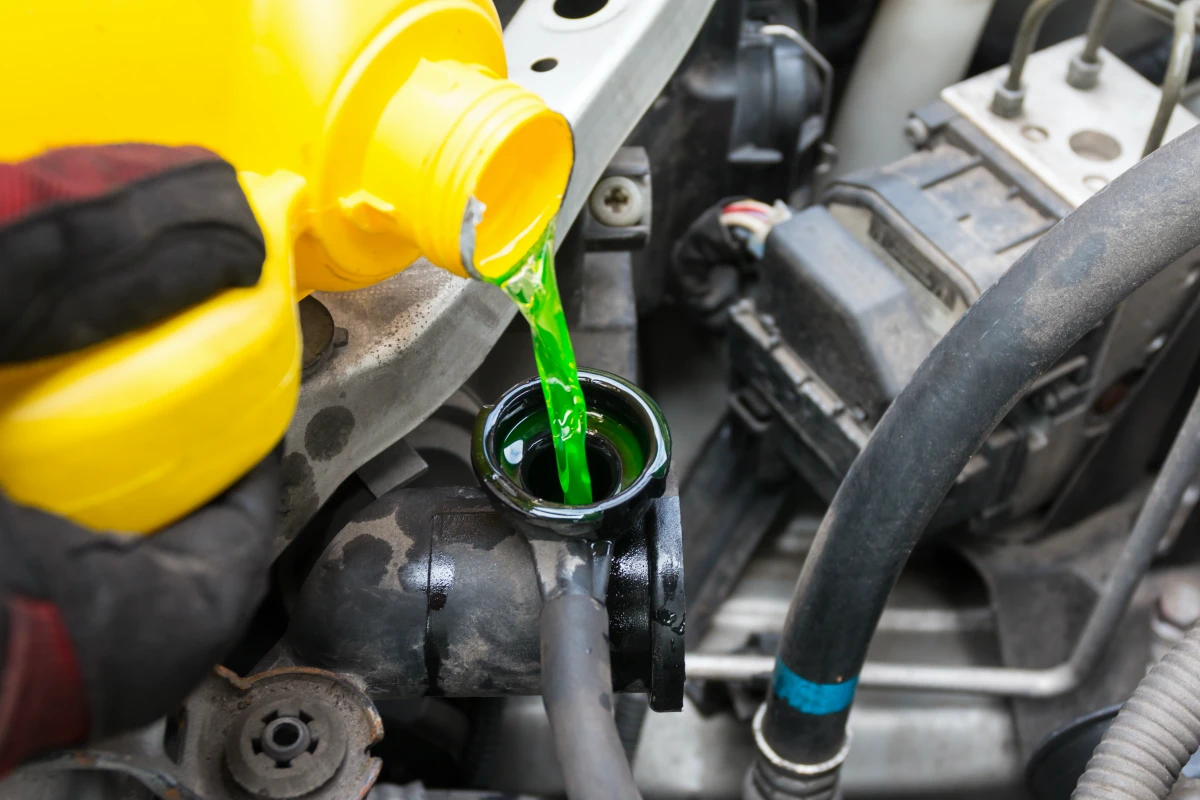
It’s More Than Just Antifreeze
We call it antifreeze, but in summer, its job is to be an ‘anti-boil.’ Coolant is typically a 50/50 mix of glycol and distilled water. Water is great at absorbing heat, and the glycol raises its boiling point from 212°F to around 265°F. That extra margin is the only thing saving your engine in stop-and-go traffic on a 100°F day.
Heads up! A critical safety warning: NEVER, ever open the radiator cap or coolant reservoir when the engine is hot. The system is under intense pressure (13-16 PSI), and opening it will cause superheated, boiling coolant to erupt violently. I once saw a guy get serious burns this way. Always let the engine cool down completely. A good rule of thumb is to wait at least 2-3 hours, or until that big rubber hose at the top of the radiator is cool to the touch.
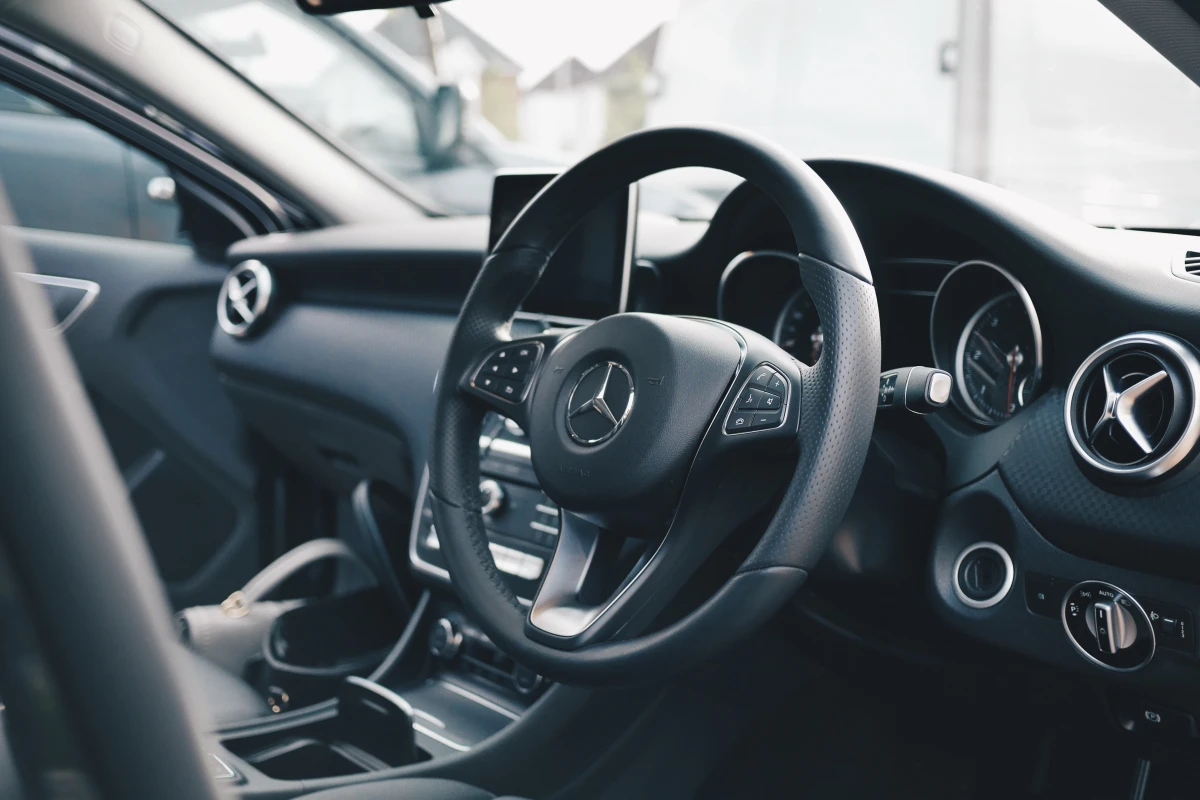
Check the level in the plastic overflow tank. It should be between the ‘MIN’ and ‘MAX’ lines. If it’s low, top it off with the correct type of coolant for your car (your owner’s manual will tell you). Don’t mix different colors or types—it can turn into a thick gel and clog the entire system.
Let It Breathe!
The radiator and A/C condenser at the front of your car are covered in tiny fins. Over time, they get clogged with bugs, leaves, and road grime, which acts like a blanket and traps heat. Once a year before summer, give them a gentle rinse. Use a garden hose on a low-pressure setting and spray from the back (the engine side) forward, pushing the gunk out the way it came in. Never use a pressure washer; it’ll bend those delicate fins in a second.
Quick Pro-Tip: Check your cooling fan. With the car running, turn the A/C on full blast. You should hear and see the electric cooling fan(s) behind the radiator kick on. If they don’t, you have a problem that needs to be fixed by a pro before you get stuck in traffic.

My Pre-Road-Trip Checklist (The 10-Minute Version)
Before any big summer trip, a few quick checks can save you a world of hurt. Here’s what I do:
- Tire Pressure: Check it in the morning when the tires are cold. Use the pressure listed on the sticker inside your driver’s door jamb—NOT the number on the tire itself. Heat makes the air in your tires expand, and overinflated tires have less grip.
- Fluid Levels: Pop the hood and check the engine oil and the coolant in the overflow tank. Make sure they’re topped off.
- Battery Terminals: Look for any white, crusty buildup. If you see some, disconnect the battery (negative cable first!) and clean the terminals with a wire brush and a thick paste of baking soda and water. Scrub it on with an old toothbrush.
- Fan Check: Do the A/C fan test I mentioned above. It takes 30 seconds and can prevent a major overheating headache.
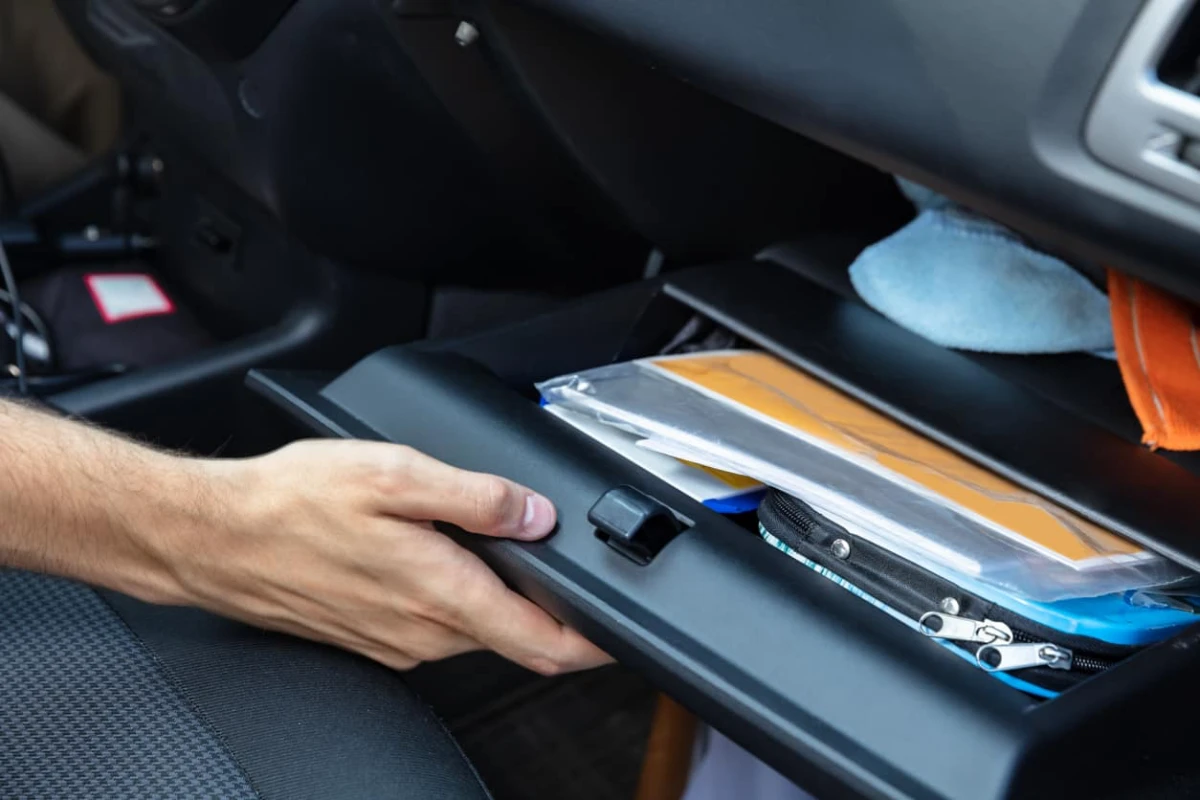
My Favorite 10-Second Cooldown Hack
When you first get into a car that’s been baking in the sun, don’t just crank the A/C to max. You’re making it work way harder than it needs to.
Try this instead: Roll down the front passenger window completely. Then, get in the driver’s seat and swing your door open and closed five or six times. It acts like a giant fan, pumping the superheated air out of the car and pulling in the cooler (relatively speaking) outside air. This simple trick can drop the inside temp by 10-15 degrees almost instantly, giving your A/C a massive head start.
After you do that, start the car, roll the windows up, and turn the A/C on. For the first minute, use the ‘Fresh Air’ setting. Then, switch to ‘MAX A/C’ or press the ‘Recirculate’ button. This re-cools the already-chilling air inside the cabin instead of trying to cool the hot air from outside, making the process much faster.
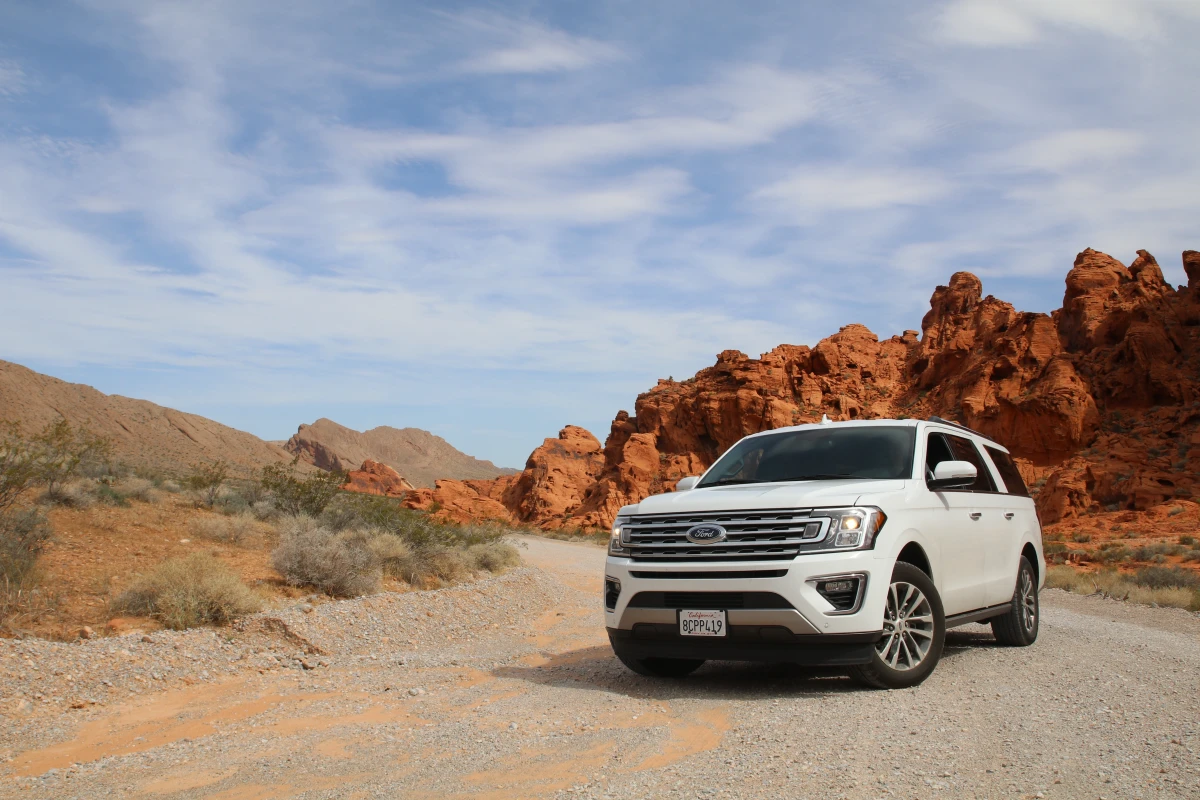
Your Summer Car Survival Kit
I always recommend keeping a few key items in your car during the hot months. Think of it as cheap insurance.
- A small towel or oven mitt. For handling those scorching hot seatbelt buckles or steering wheels.
- A bottle of pre-mixed 50/50 coolant. Make sure it’s the correct type for your vehicle!
- Your sunshade. Don’t leave it in the garage; keep it where you’ll use it.
- A portable jump-starter. These little lithium-ion packs are amazing and can save you from being stranded by a heat-killed battery. A good one costs around $70-$120 and is worth every cent.
Finally, know your limits. Checking fluids and using a sunshade are easy DIY tasks. But if your car is actually overheating, the A/C is blowing hot air, or the transmission fluid smells burnt, it’s time to see a professional. Trying to save a few bucks on a complex repair often leads to a much, MUCH bigger bill down the road. Give your car the care it needs, and it’ll get you through summer without breaking a sweat—or breaking down.
Inspirational Gallery
That ‘new car smell’ you love? In a hot car, it’s often the scent of volatile organic compounds (VOCs) ‘off-gassing’ from plastics and adhesives. When baked by the sun, materials like your dashboard and seats release chemicals like benzene and formaldehyde at an accelerated rate. So when you smell that intense, stuffy odor, you’re literally smelling your car’s interior breaking down.
The National Highway Traffic Safety Administration (NHTSA) states that for every 10°F drop or rise in ambient temperature, tire pressure changes by about 1 PSI.
This means on a scorching 100°F day, your tires can be dangerously overinflated, especially after driving. This increases the risk of a blowout. Before any long summer trip, check your tire pressure in the morning when the car is cool, and set it to the manufacturer’s recommendation listed on the door jamb sticker, not the number on the tire itself.
Standard Accordion Sunshade: Inexpensive and universal, but often leaves gaps around the rearview mirror and A-pillars, letting heat and UV rays sneak in.
Custom-Fit Reflective Shade: Brands like Covercraft offer models like the UVS100, which are custom-cut for your specific windshield. They provide edge-to-edge coverage, and their multi-layer construction not only reflects sunlight but also insulates against radiant heat.
The difference in interior temperature after a few hours can be a surprising 15-20°F.
- Dramatically reduces interior surface temperatures.
- Blocks over 99% of harmful UV rays, protecting your skin and the car’s interior.
- Reduces glare for safer driving.
The secret? Not all tints are created equal. Modern ceramic window tints, unlike older dyed films, contain ceramic particles that are non-conductive and excellent at blocking infrared radiation (the part of sunlight that carries heat). This means you get maximum heat rejection without needing a super-dark, limo-style tint.
Should I turn off the A/C before I shut off the engine?
Yes, and it’s a pro habit for a reason. Turning off the A/C compressor a minute or two before you arrive allows the fan to keep running, which helps dry out the evaporator core. This simple step prevents the damp, dark environment that allows mold and mildew to grow, which is the source of that musty smell that often blasts you when you first start the car.
The forgotten victim of summer: your battery. Extreme heat accelerates the chemical reactions inside a car battery, causing the fluid to evaporate faster and increasing the rate of self-discharge. This degradation is permanent and significantly shortens the battery’s lifespan. If your battery is over three years old, have it tested before the summer heat really kicks in to avoid being stranded.
Don’t just protect your dashboard; restore it. A quality protectant can make a huge difference. Look for a product like 303 Aerospace Protectant, which was originally developed for aviation. It provides powerful UV blockers without leaving a greasy, dust-attracting film. A proper application every 30-45 days in summer will keep the plastic nourished and prevent the brittleness that leads to cracking.
That blistering hot air in your car when you first get in? You can force it out in seconds. Instead of just blasting the A/C on high:
- Open the front passenger-side window completely.
- Leave all other windows closed.
- Go to the driver’s side door and swing it back and forth five or six times.
This action works like a pump, pushing the trapped hot air out the open window and drawing cooler ambient air in, dropping the interior temperature much faster than the A/C could alone.
Never, ever leave a plastic water bottle in a parked car on a sunny day.
Beyond the risk of chemicals leaching into the water, a bottle filled with liquid can act as a lens. Under the right conditions, it can focus sunlight into a concentrated beam, just like a magnifying glass, potentially scorching or even igniting your car’s upholstery.
- Keep your car’s paint looking glossy and new.
- Prevent permanent etching in the clear coat.
- Make future washes much easier.
The trick? A good coat of wax or a modern paint sealant. Think of it as sunscreen for your car. It creates a sacrificial barrier that takes the brunt of UV radiation, bird droppings, and bug splatter, protecting the delicate clear coat underneath. A fresh application at the start of summer is one of the best investments you can make.










